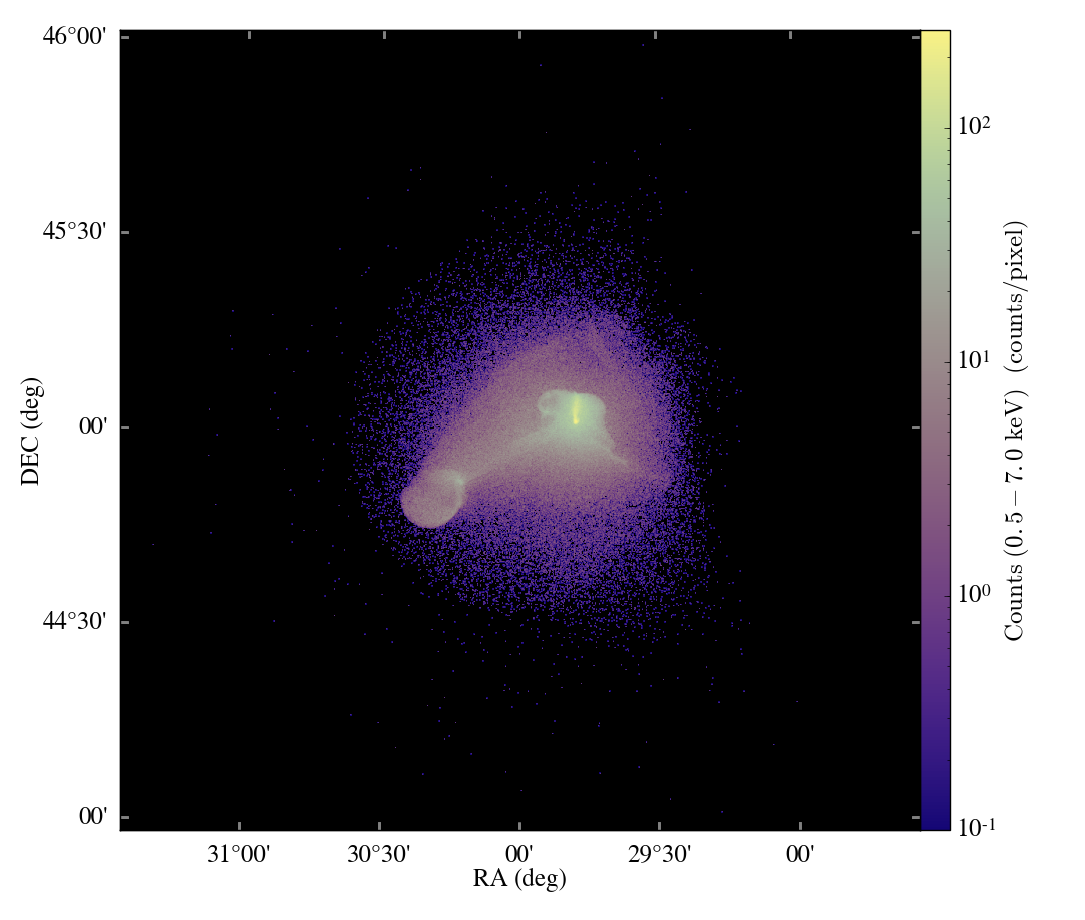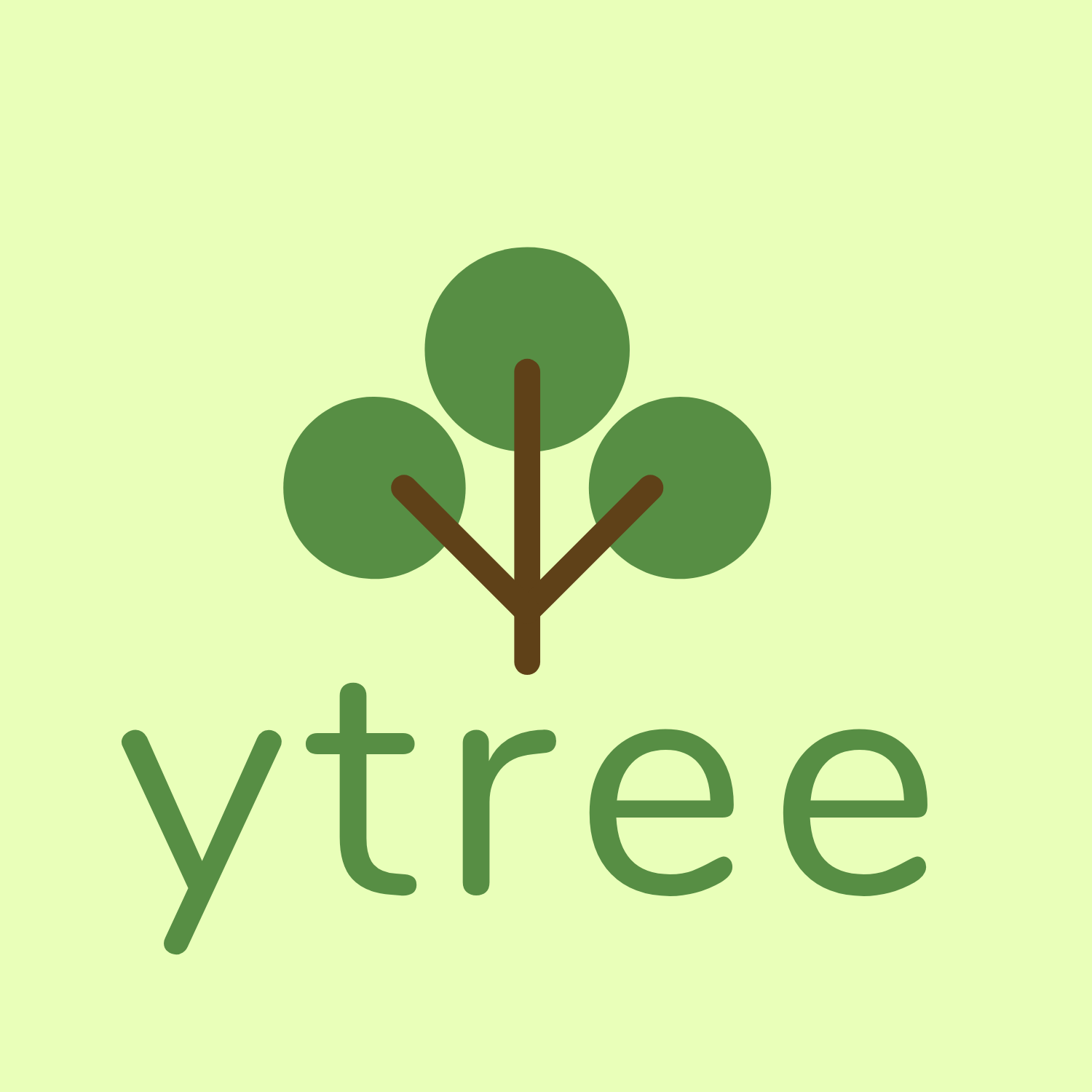As a result of progress in my scientific goals, and the application of recent yt developments to them, I did not make many changes or developments in yt this week. When I did work on yt, I primarily spent time re-organizing the documentation and fixing several errors. I have added an “installation” section, consolidated a few sections, and wrote two new sections on how to make plots and on how to generate derived data products. I think that the documentation is now much easier to navigate and follow.
This week I also fine-tuned the API for the bridge that connects Enzo and Python, relying on feedback from other Enzo developments. This work is the first step in creating a generalized library for constructing initial conditions; it is not meant to be Enzo-specific. I will report more on this, but the ultimate goal is to be able to construct initial conditions using scripts, rather than constructing multiple C routines. This should make scientific experimentation much more accessible.
One final note is that this last week saw the first successful execution of a large-scale Enzo simulation with inline analysis provided by yt, using the EnzoStaticOutputInMemory object. BrittonS is driving that simulation forward, and he’s also conducting benchmarks to see how expensive inline analysis is.





